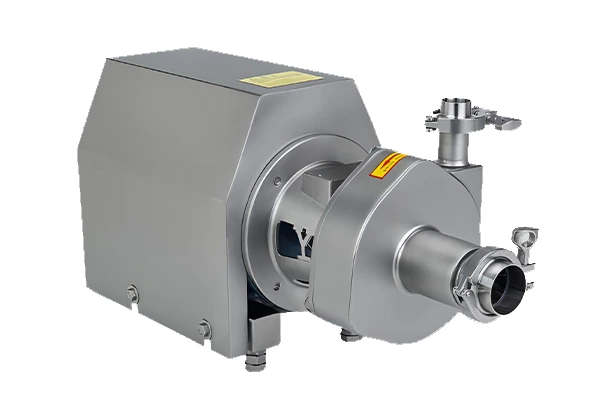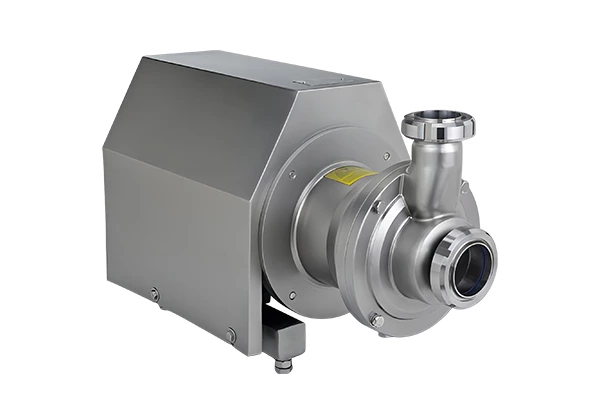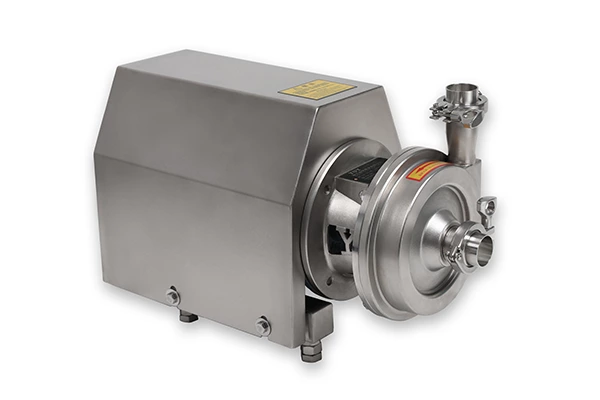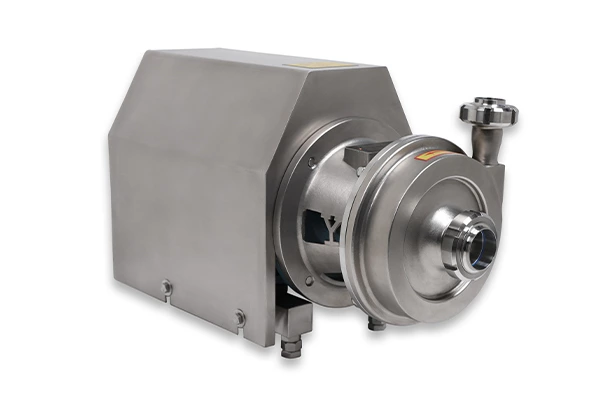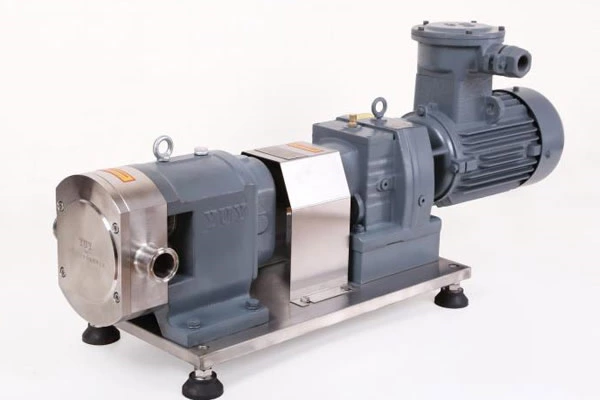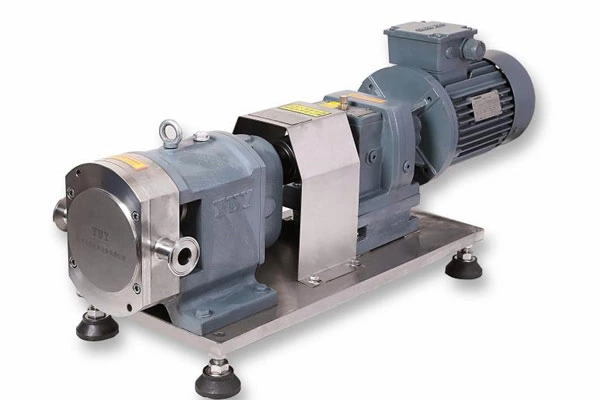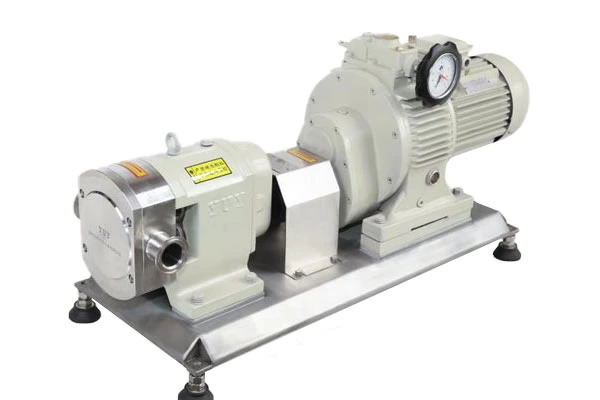Correct Operation Procedures Of Sanitary Centrifugal Pumps
Sanitary Centrifugal Pump The regular operation method is as follows:
1. Inspection before starting the centrifugal pump
1) After the motor is overhauled, before connecting the coupling, check whether the motor's rotation direction is correct.
2) Check whether the pump inlet and outlet pipelines and auxiliary pipelines, flanges, valve installations meet the requirements, whether the anchor bolts and ground wires are in good condition, and whether the coupling is installed.
3) Check the wheel to see if the rotation is normal.
4) Check whether the lubricating oil level is normal, add oil if there is no oil, and check the oil quality of the lubricating oil (grease).
5) Open each cooling water valve and check whether the pipeline is unobstructed. Note that the cooling water should not be too large or too small. Too large will cause waste, and too small will have poor cooling effect. Generally, the cooling water flows in a linear shape.
6) Open the pump's inlet valve, close the pump's outlet valve, and open the pressure gauge hand valve.
7) Check the sealing condition of the pump and the opening of the oil seal.
Note: The hot oil pump should be preheated evenly before starting.
2. Starting a centrifugal pump
1) Fully open the inlet valve, close the outlet valve, and start the motor.
2) When the pump outlet pressure is greater than the operating pressure, check that all parts are operating normally and gradually open the outlet valve.
3) When starting the motor, if it cannot be started or there is an abnormal sound, the power supply should be cut off immediately for inspection. It can only be started after the fault is eliminated.
4) When starting, be careful not to face the coupling to prevent it from flying out and injuring people.
3. Stopping a centrifugal pump
1) Slowly close the outlet valve of the pump.
2) Cut off the power supply of the motor.
3) Close the manual valve of the pressure gauge.
4) After stopping, the cooling water cannot be stopped immediately. Wait until the temperature of the pump drops below 80℃ before stopping the water.
5) Close the inlet valve and drain the pump body as needed.
4. Operation and maintenance of centrifugal pumps during operation
When the centrifugal pump is in normal operation, the pump operator should carefully inspect the following contents:
1) Check the outlet pressure, flow rate, current, etc. of the pump, do not overload, and accurately record the current, pressure and other parameters.
2) Listen to the sound, distinguish the running sound of the pump and motor, and judge whether there is any abnormality.
3) Check the vibration of the pump, motor and pump seat. If the vibration is serious, replace the pump for inspection.
4) Check the motor housing temperature and the bearing box temperature of the pump. The bearing box temperature does not exceed 65 degrees and the motor temperature does not exceed 95 degrees.
5) Ensure the normal lubricating oil quality and the liquid level of the lubricating oil tank. The lubricating oil tank level, if there is a scale, shall be based on the scale; if there is a window (oil mark) but no scale line, the oil level should be kept between 1/3 and 1/2. At the normal oil level, the lubricating oil leakage is no more than 5 drops/minute. Pressure oil filling shall be based on the machine instructions.
6) Check the pump seal and flanges, plugs, cooling water, and oil seal joints for leakage.
7) Check the standby status of the standby pump and turn it once a day.
5. Switching operation of centrifugal pump
To ensure that the flow rate, pressure and other parameters remain basically unchanged and without fluctuation when switching the pump, it is best for two people to operate at the same time.
1) Prepare for starting the pump.
2) One person first turns on the standby pump, and after the centrifugal pump runs normally and smoothly, slowly opens the outlet valve. At this time, as the pump outlet valve opens, the pump outlet valve pressure drops slightly, but the motor current increases. At the same time, another person slowly closes the outlet valve of the pump to be stopped. When the flow rate of the pump to be operated is large enough, completely close the outlet valve of the pump to be stopped, cut off the power supply, and then perform normal pump stopping.




